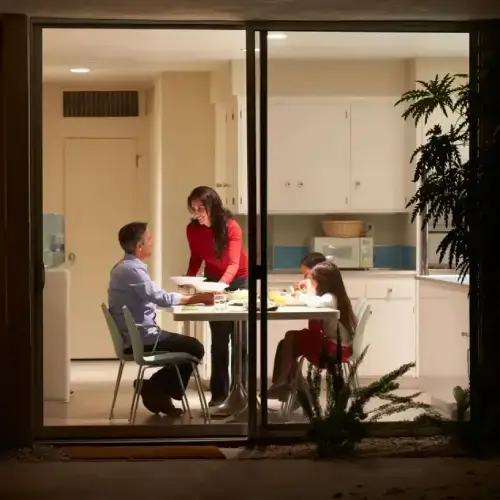
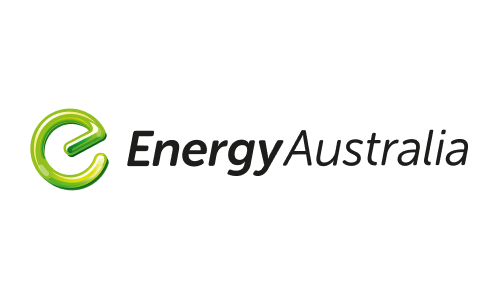
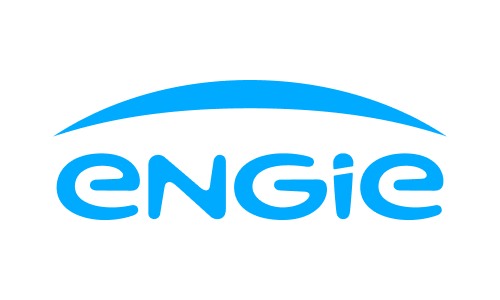
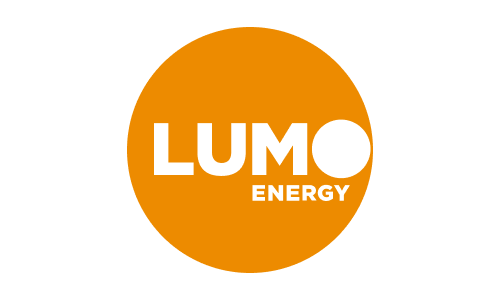


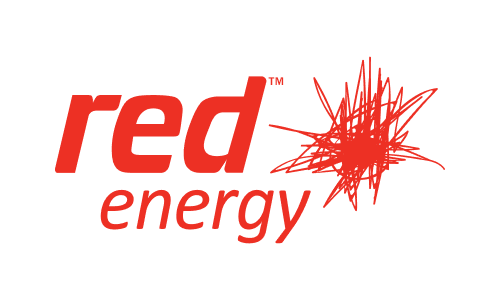
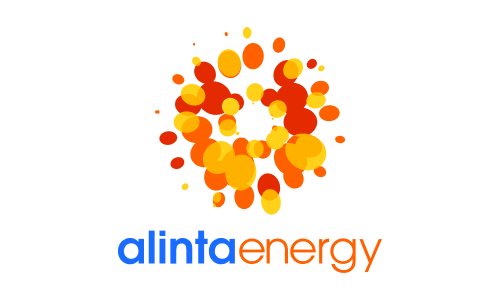
We don’t have access to all of the products available in your area: we do not compare all brands in the market, or all products offered by all brands. At times certain brands or products may not be available or offered to you. Learn more.
Top 3 things to know about energy in Western Australia
It pays to compare energy plans
Compare energy plans in minutes and start saving today
Simple to use
It only takes a few minutes to look for new policies that suit your needs.
Compare & save
Compare coverage options and quotes from a range of providers side-by-side.
Switching is easy
It’s easy to switch to a deal that better suits you and your budget.
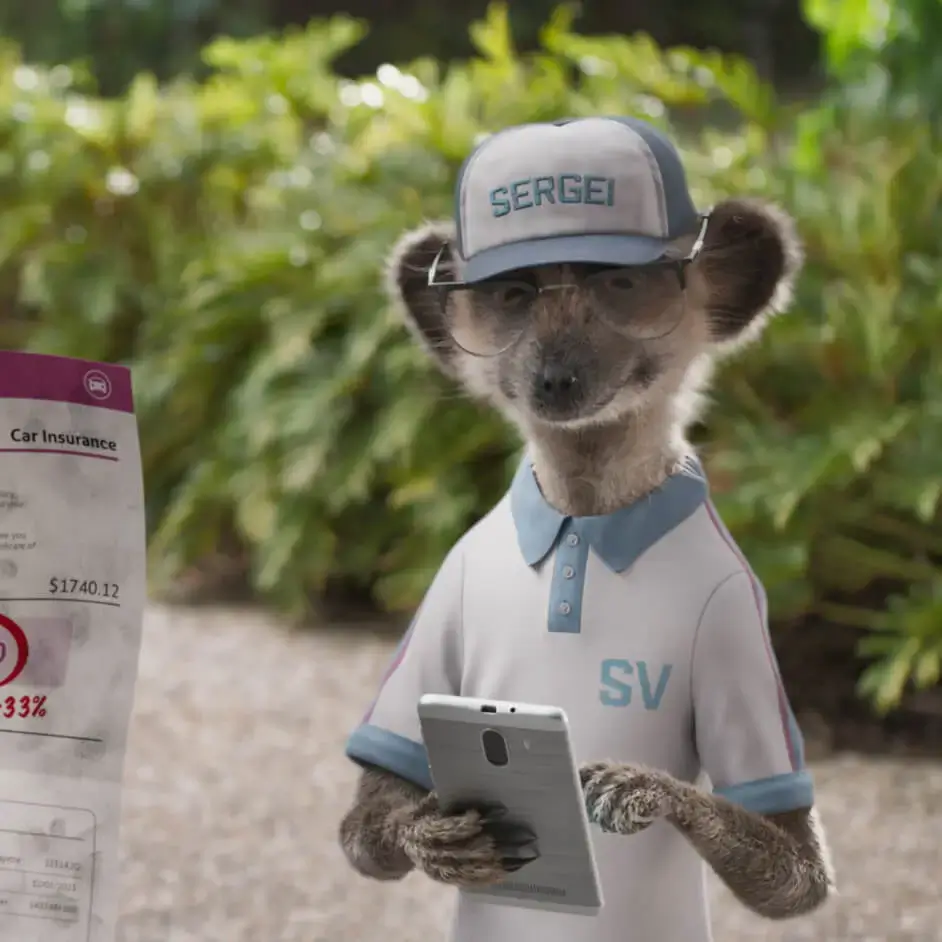
Why compare with us?
Our smart comparison technology is trusted, free, safe and secure.
Safe & secure
We take data privacy and security seriously, and will only use your information with your permission. You can read our full privacy policy here.

We believe the best decisions start with a comparison.
We’re proud to have helped millions of Aussies look for a better deal.









